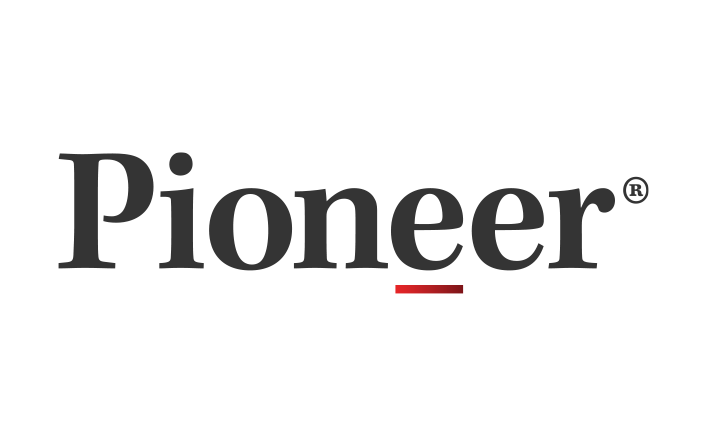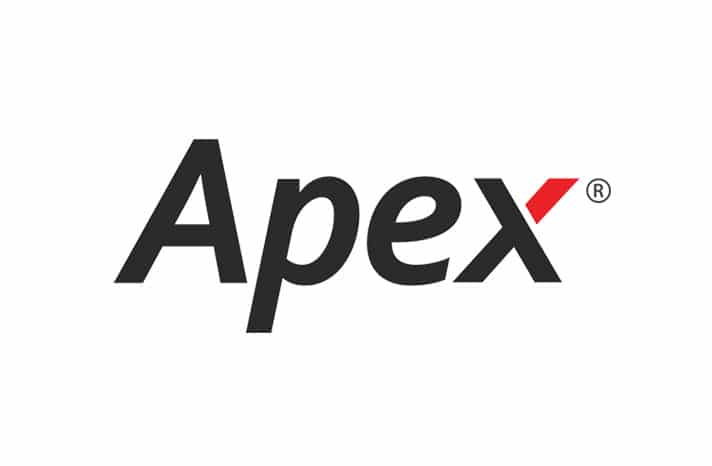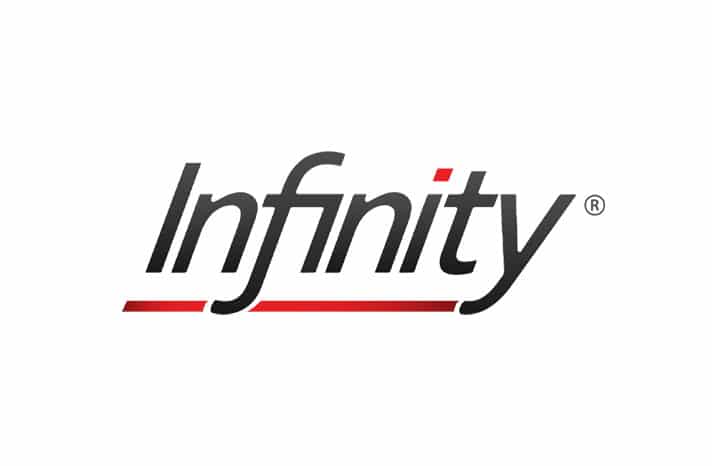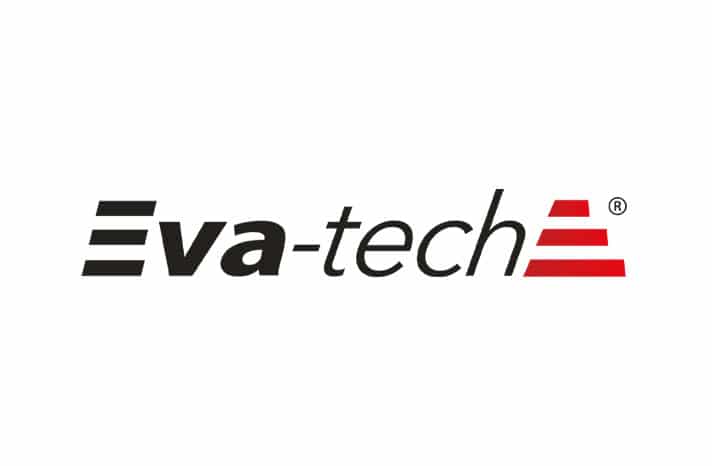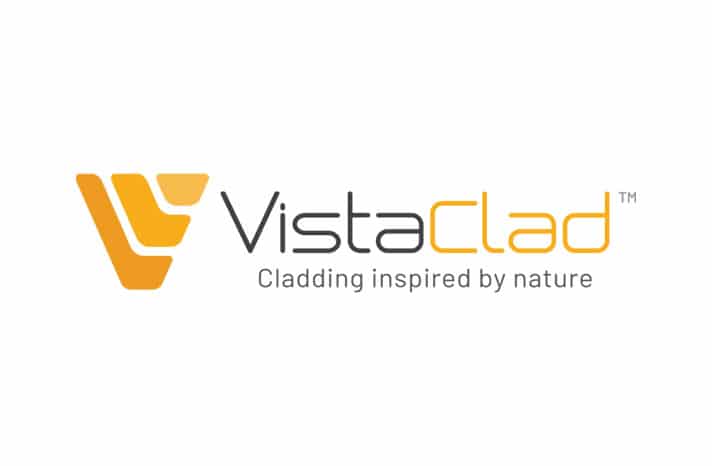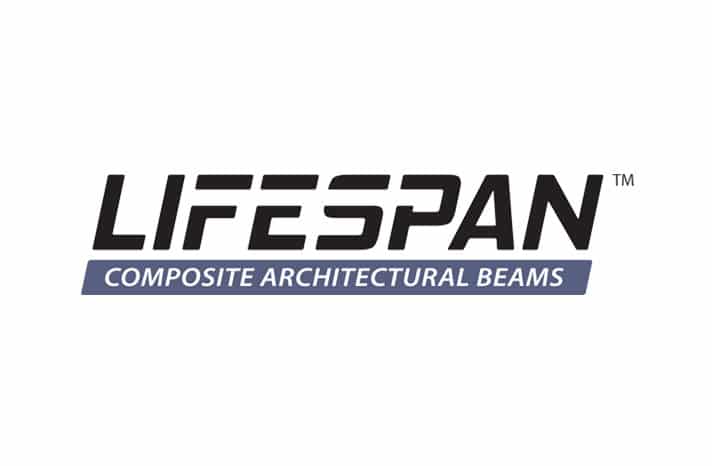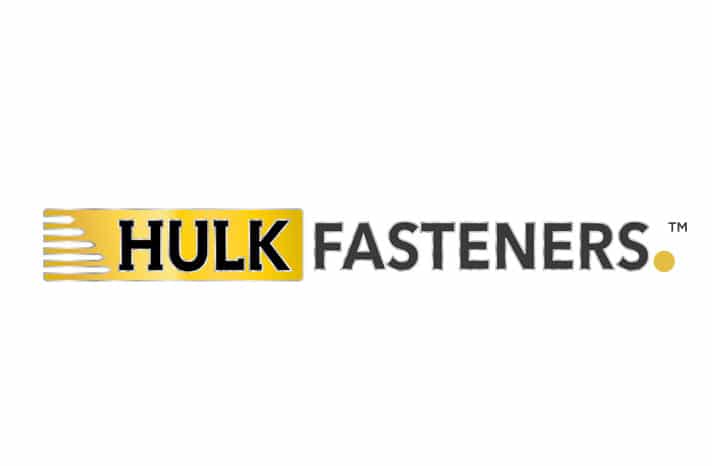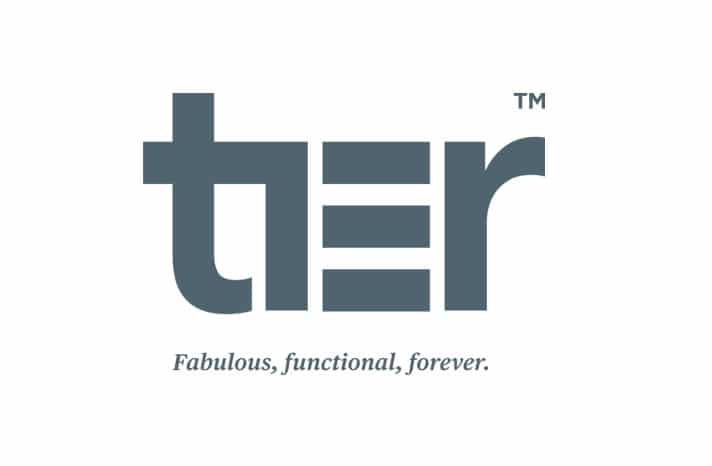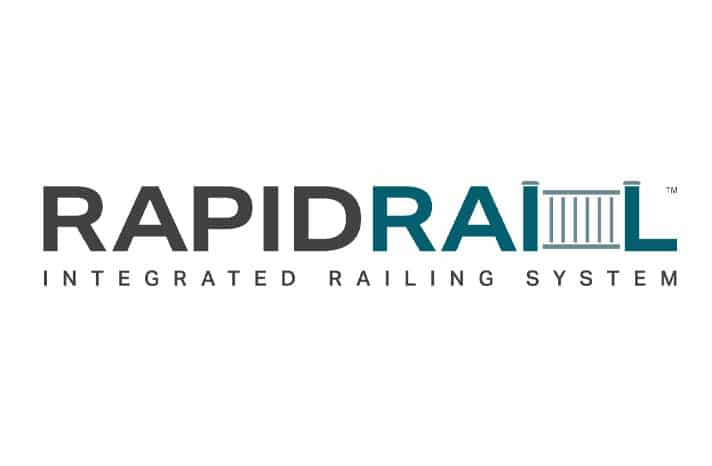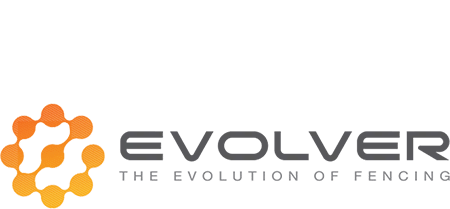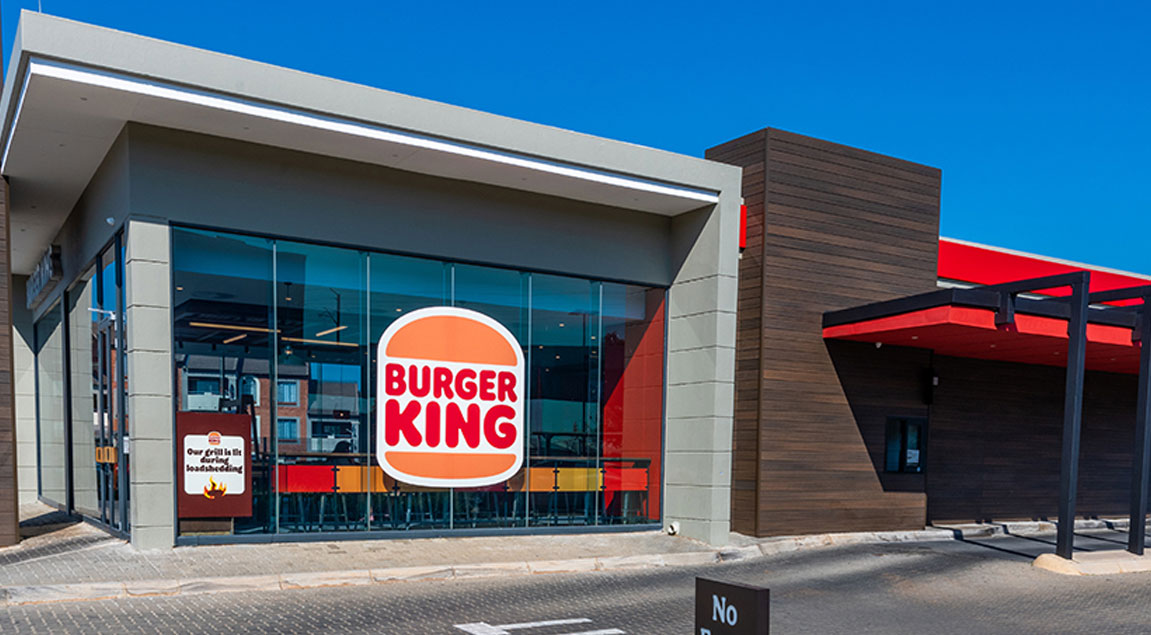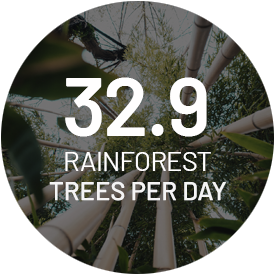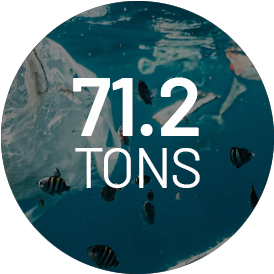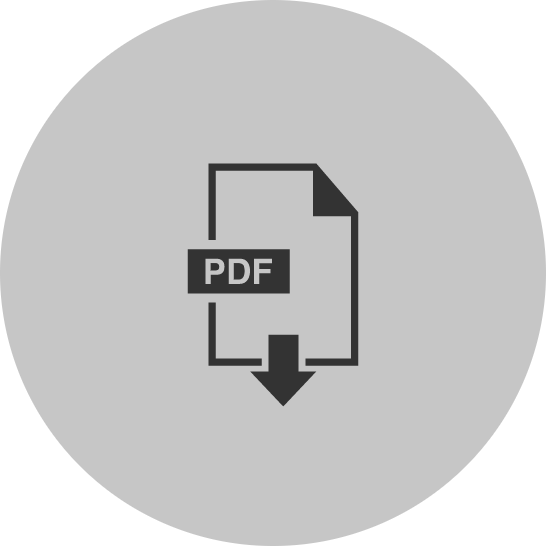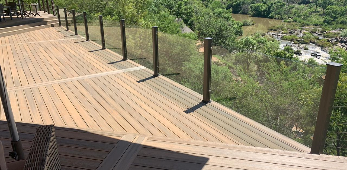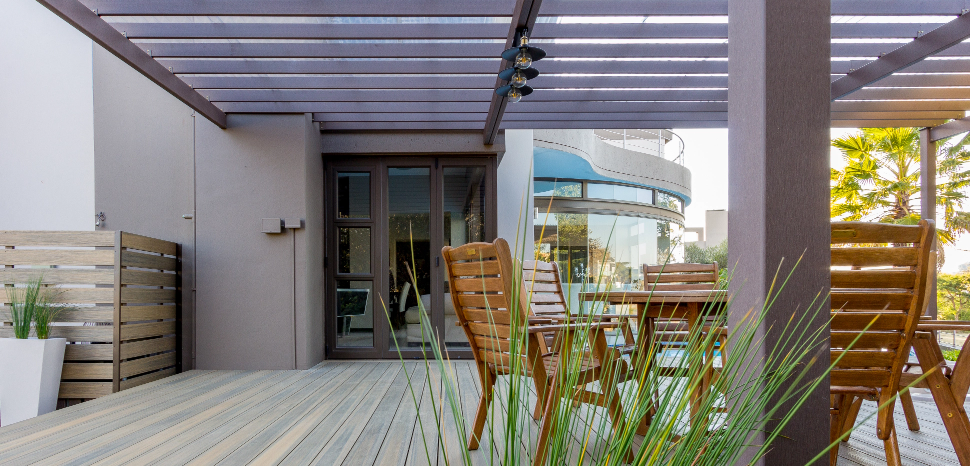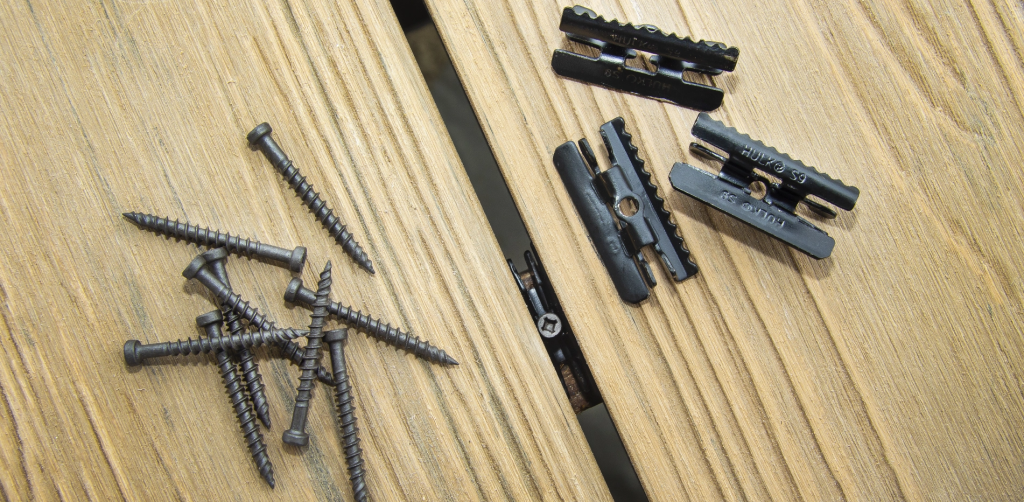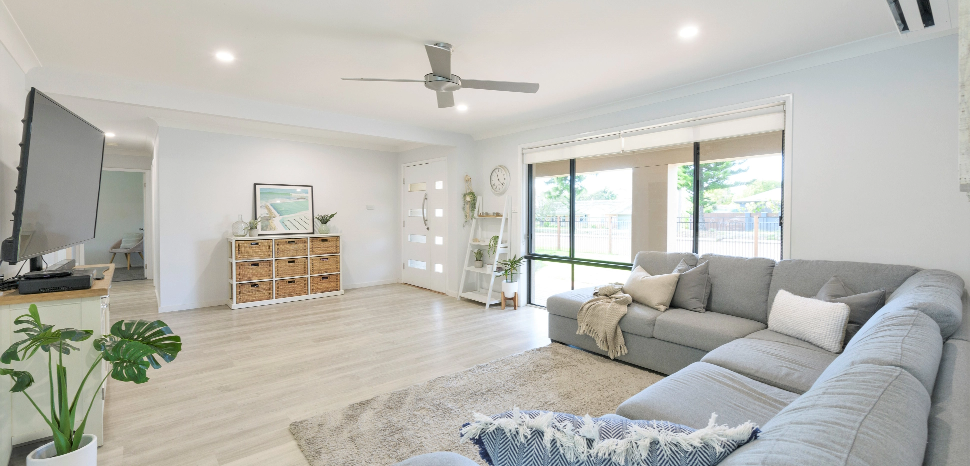The importance of R&D in the Building Materials Industry and Where Eva-Last has Found Opportunity to Internalise This
– by Gareth Chapman, Eva-Last Director of Innovations
The concept of entities striving for an advantageous market position can be traced back to early thoughts of economics and business. In 1776 Adam Smith formally introduced the idea of absolute advantage in his book ‘The Wealth of Nations’ explaining how different countries could gain an edge based on their distinctive capabilities or resources. Michael Porter went on to formalize the concept in the field of business strategy in the 1980s, exploring methods with which to identify areas where a company can create and sustain such advantages. And Warren Buffet subsequently popularized the idea, coining the term ‘economic moats’ to describe these advantages relative to the sphere of value investing.
The notion that protection from competition is essential to long-term market ascendancy and profitability is uncomplicated. However, the underlying strategies in how to achieve this is relatively more so, and this has garnered attention in recent years. As an example, Hamilton Helmer in ‘7 Powers: The Foundations of Business Strategy’ covers various approaches from optimising cost through scaled operations (“Scale Economies”), to creating additional value through popularity (“Network Effects”), exploiting exclusive access to rare resources such as patents (“Cornered Resources”), and cultivating unique operating methods to provide additional optimisation or value (“Process Power”).
Understandably, the necessity of protection from competition varies across industries. There is an element of temporary resistance to competition in industries that are complex or tend to change quickly. For industries that provide services or products that are ‘simpler’ in nature, that is less often the case. Economic moats can be sparse in spaces that lack complexity and for a product (or company) to succeed in these industries, more is typically required.
It’s natural that simpler problems are addressed first. Industries that are able to maintain relatively simple solutions tend to as a result also be more mature. Solutions that are both simple and mature are also likely to be efficient, achieving economies of scale in some form to be able to stand the test of time. There are, however, always entities with enough resources and intent to be able to produce something cheaper. And the interconnectedness of the modern world ensures the opportunities worth exploiting are ultimately identified. Industries that do provide services or products that are ‘simpler’ in nature then cannot rely on cost alone as an economic moat.
Competitive advantage through mechanisms such as “Network Effects” and “Switching Barriers” (the resistance when changing to alternatives) are also typically less applicable (depending on specific industry dynamics) to these types of industries. And the geopolitical complexity of modern manufacturing almost ensures regulatory influence will result in risk rather than protection going forward.
It takes time and reliability to establish a brand, and mature entities would have had the opportunity to turn this into an economic moat. This would also be the case for the culture of a business which can evolve into a “Process Power” advantage but which often requires constant improvement with time. Where time is a luxury, there are limited levers left with which to create and maintain an edge. Investing in rare resources and unique processes (outside of those that are time-constrained), or the combination thereof, tend to be the most reliable and efficient strategies available.
Typical product development processes are relatively one-dimensional, focusing (understandably) on the primary user. Better product development takes into consideration the many stages of a product’s lifecycle and the different stakeholders in each. This holistic approach has become more of a necessity lately where information is easily accessible, to both aggressive competitors and unforgiving consumers. And more so for industries with less competitive advantages to their disposal.
Efficient solutions to simple problems are often resilient to innovation. They are, however, also susceptible to being overlooked in this regard. As industries evolve, efficiencies develop, and typically do so concurrently. These often only become apparent with distance from the problem, a luxury afforded to opportunists looking in.
Peter Drucker, a proponent of innovation as a critical driver of competitive advantage, emphasised the importance of “disciplined innovation”. In this form, innovation is systematic and to encourage it, company processes and structures should be developed to integrate it effectively.
To avoid any bias towards specific stakeholders and to foster a more opportunistic assessment of simpler industries we were involved in, Eva-Last’s typical product development approach was expanded to facilitate optimisation of products at multiple stages of their lifecycles. Quick successes encouraged us to broaden the approach to include as many stages and stakeholders as possible and to formalize the process in line with Drucker’s recommendations.
Eva-Last’s direct involvement in the primary stages of our product’s lifecycles provided the opportunity to both recognise the potential in this approach and catalyse its internalisation. The unforeseen benefit were layers of efficiencies that manifested in both “Process Powers” and “Cornered Resources”. This not only resulted in better products at better margins but did so in a way that provided competitive advantage. Being able to establish a competitive advantage in simple industries with existing efficiencies presented a benefit in itself – that it becomes progressively more difficult to find a way to bridge moats that have superseded previously established moats.
References:
Smith, A. (1776). The Wealth of Nations. London. Cadell.
Helmer, H. (2016). 7 Powers: The Foundations of Business Strategy. Helmer.






